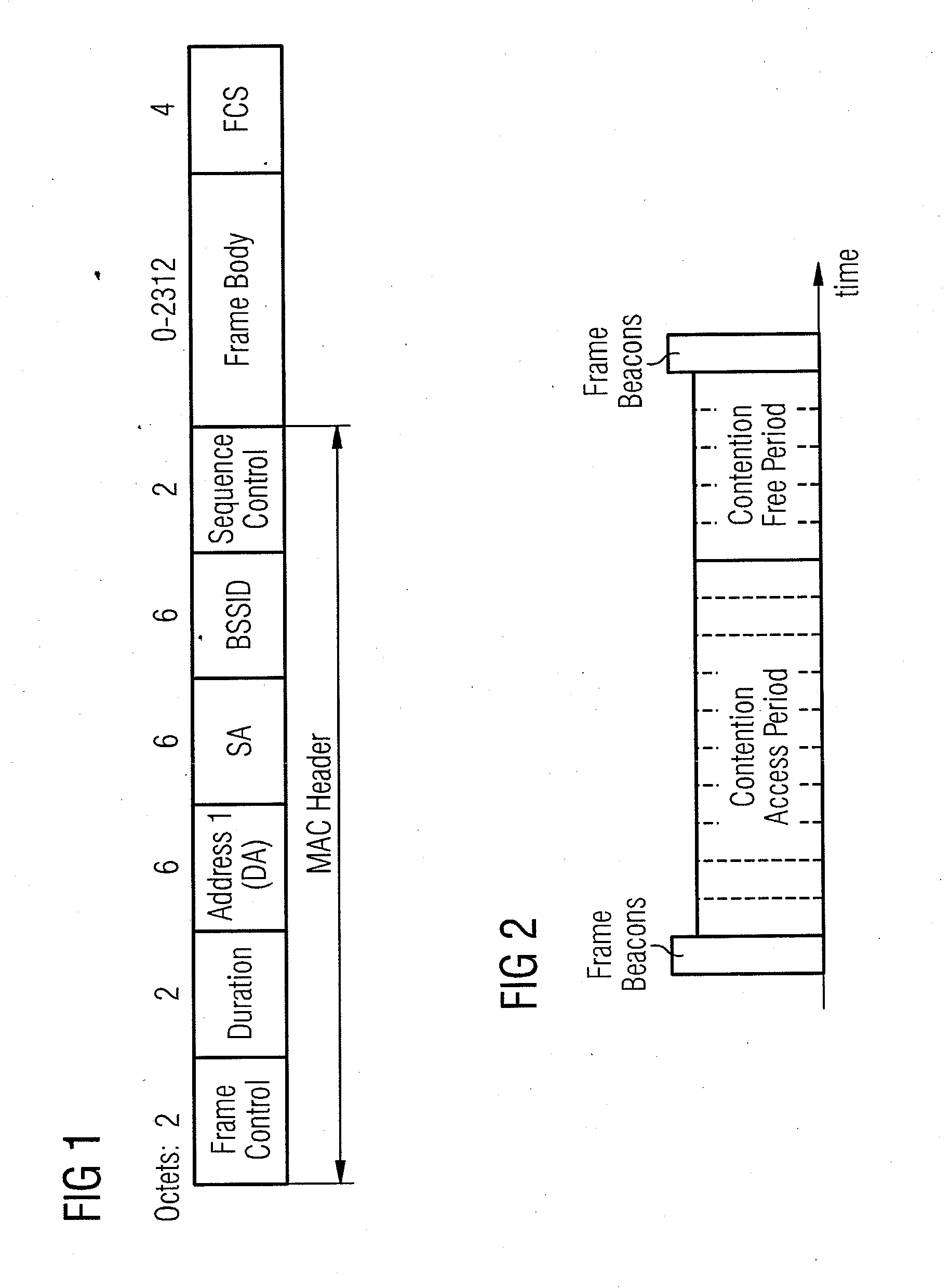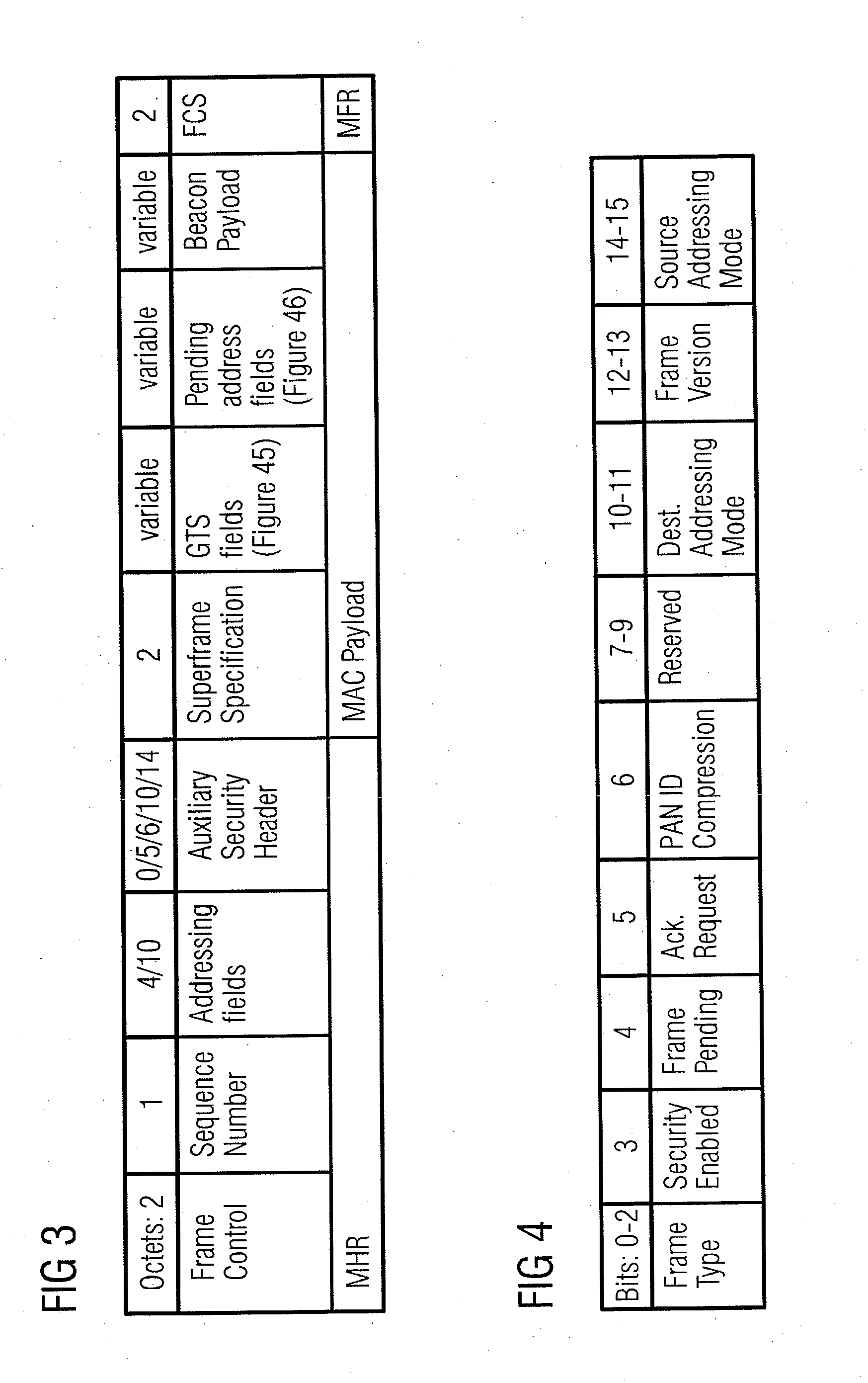Beacon For A Star Network, Sensor Nodes In A Star Network, Method For Initializing A Gateway In A Star Network And Method For Operating A Star Network
- Summary
- Abstract
- Description
- Claims
- Application Information
AI Technical Summary
Benefits of technology
Problems solved by technology
Method used
Image
Examples
Embodiment Construction
[0112]For the exemplary embodiment, the simplified wireless communication network shown in FIG. 11 for the production automation system is examined. Nodes A, B and C are three gateways. Nodes S, T and P are sensor nodes. The sensor node S moves on a conveyor belt around the three gateways A, B and C. A sensor node can at most be in the radio range of two adjacent gateways simultaneously. The radio ranges of the gateways are traversed in the recurring sequence C-B-A-B. Sensor nodes T and P are stationary and can communicate via radio with gateway C. Sensor node P is battery-operated and switches itself off for extended periods to save power. The radio connections are indicated by thin dotted lines.
[0113]The corresponding superframe configurations of the gateways and sensor nodes at the various times used in the exemplary embodiment are indicated in tabular form in FIG. 12. It is not the actual superframe configuration that is presented but only the new attributes in accordance with t...
PUM
 Login to View More
Login to View More Abstract
Description
Claims
Application Information
 Login to View More
Login to View More - R&D
- Intellectual Property
- Life Sciences
- Materials
- Tech Scout
- Unparalleled Data Quality
- Higher Quality Content
- 60% Fewer Hallucinations
Browse by: Latest US Patents, China's latest patents, Technical Efficacy Thesaurus, Application Domain, Technology Topic, Popular Technical Reports.
© 2025 PatSnap. All rights reserved.Legal|Privacy policy|Modern Slavery Act Transparency Statement|Sitemap|About US| Contact US: help@patsnap.com



